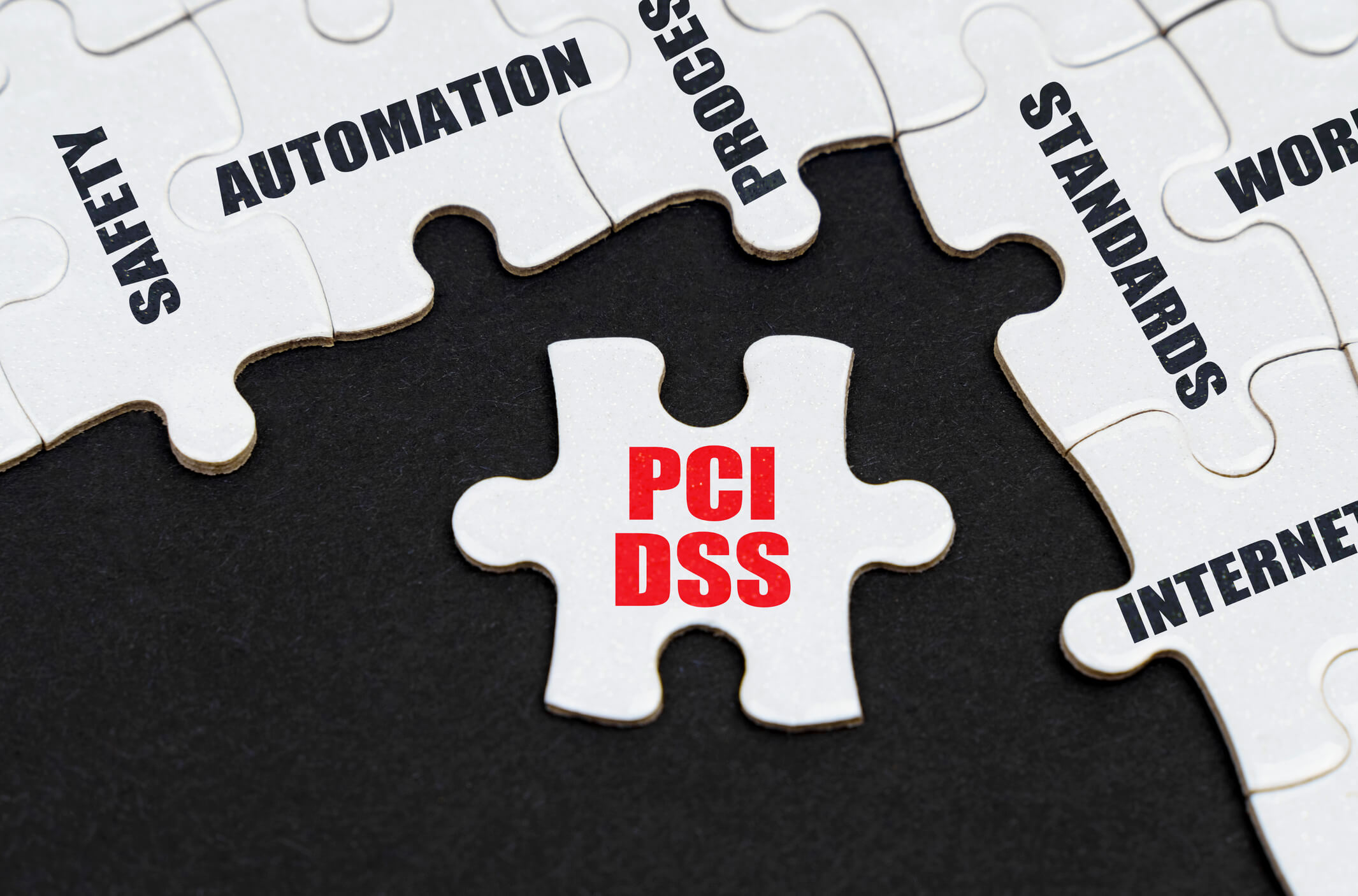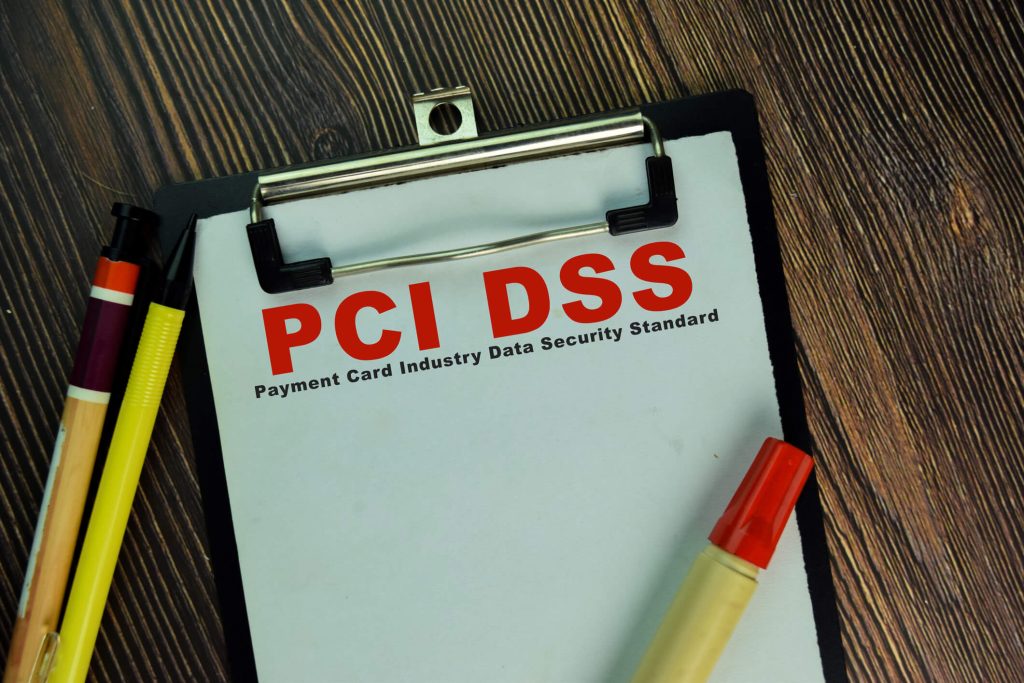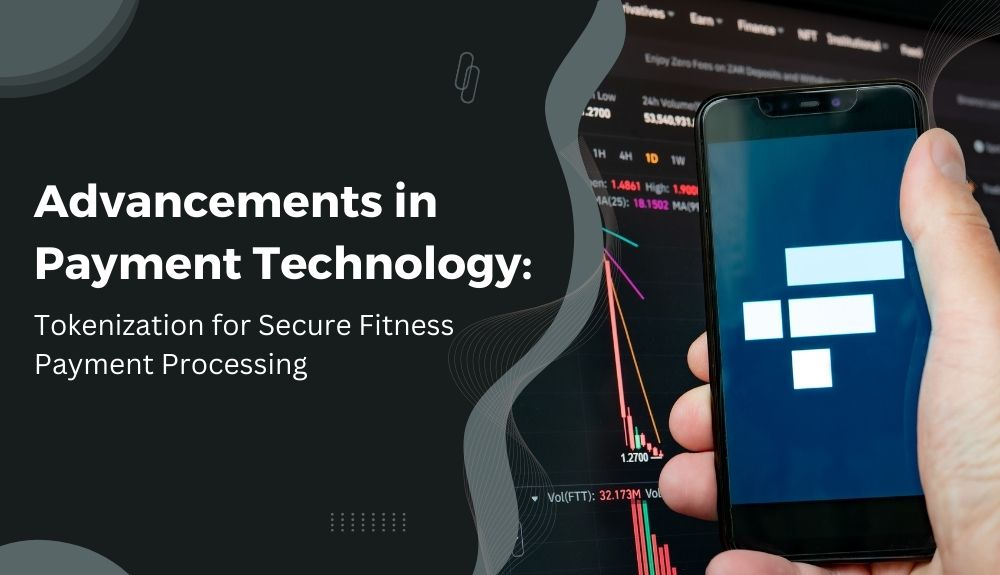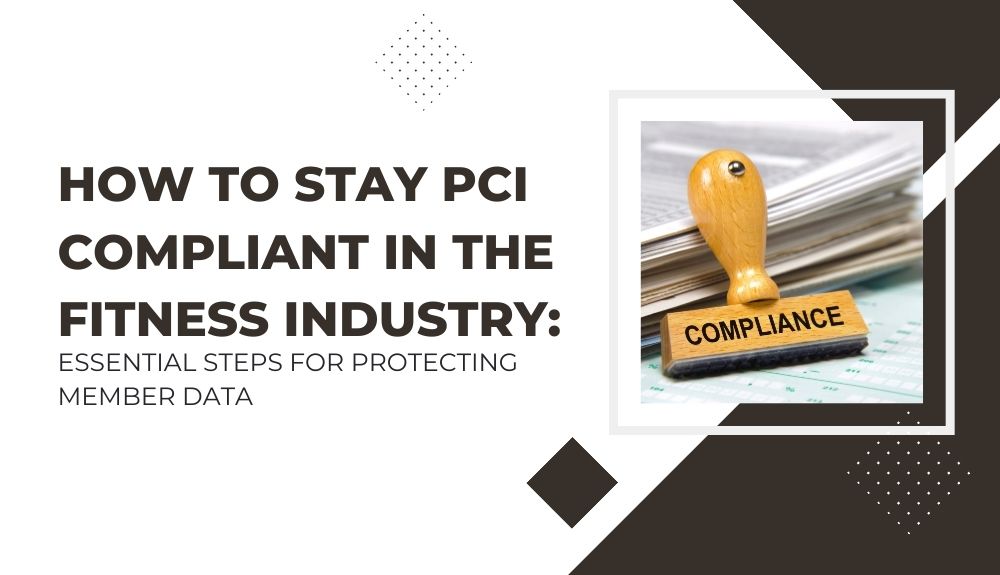In today's digital age, where technology has become an integral part of our daily lives, ensuring the security of sensitive information has become a top priority for businesses across various industries. Fitness centers, which handle payment card transactions on a regular basis, are no exception. To protect the financial data...
How to Optimize Recurring Payment Systems for Gyms and Fitness Studios
A working mechanism for recurring payment will make billing smooth, but what it ultimately does is ensure an improved experience for customers as they go by choices like flexibility, automation, and security. Some of the problems gyms and other fitness businesses face in their billing process, which may be poorly...
A Guide to PCI DSS for Gym Owners
As a gym owner, you may not immediately think about the security of your customers' payment card information. However, with the increasing prevalence of data breaches and the potential for financial loss and reputational damage, it is crucial for gym owners to understand and comply with the Payment Card Industry...
Understanding PCI Compliance for Fitness Businesses
In today's digital age, where technology plays a crucial role in every aspect of our lives, it is essential for fitness businesses to prioritize the security of their customers' payment card data. The Payment Card Industry Data Security Standard (PCI DSS) was established to ensure the protection of sensitive cardholder...
Advancements in Payment Technology: Tokenization for Secure Fitness Payment Processing
Are you tired of worrying about the security of fitness payment processing? Picture this: your gym members seamlessly paying for their memberships without the fear of data breaches or fraud. The solution lies in the advancements of payment technology, specifically tokenization. In the fitness industry, where sensitive credit card information...
Securing Gym Payments: A Guide to PCI Compliance and Best Practices
Are your gym payments secure? Protecting your customers' payment information is crucial in today's digital landscape. With the rise of online sales and the increasing dependency on technology, gym owners and operators must ensure that their payment systems are PCI compliant to safeguard sensitive cardholder data. But what exactly is...
How to Stay PCI Compliant in the Fitness Industry: Essential Steps for Protecting Member Data
In an age where personal data breaches are rampant, fitness businesses face a daunting task in protecting member information and staying compliant with Payment Card Industry Data Security Standard (PCI DSS) regulations. Failure to do so not only exposes sensitive credit card information but also puts your reputation and financial...
What is PCI Compliance?
PCI compliance is a set of requirements set forth by the Payment Card Industry Security Standards Council to ensure that eCommerce merchants and service providers protect customer data during credit card processing. The PCI Data Security Standard (DSS) governs all processes involved in transmitting, receiving, storing or using credit card...







